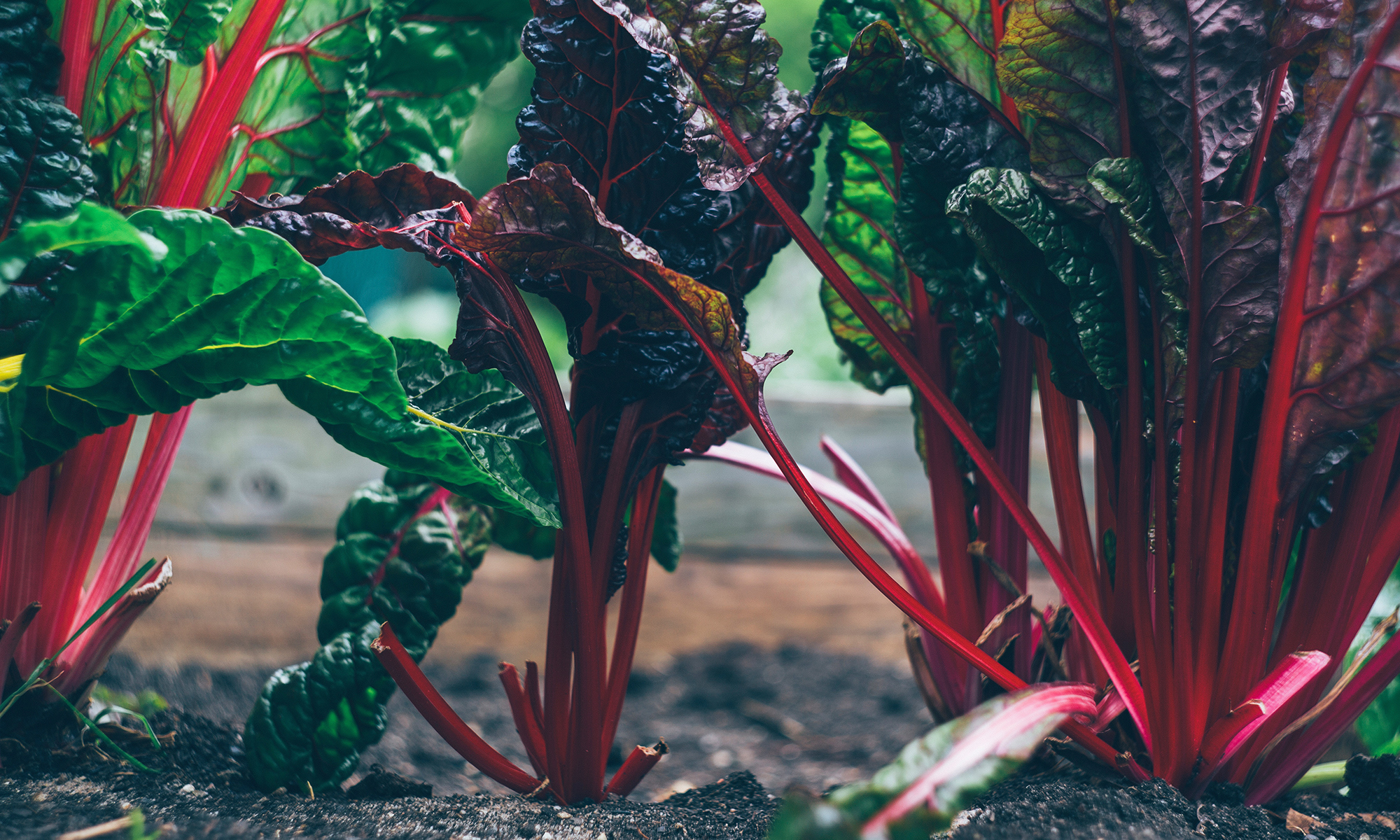Conventional wisdom dictates that risotto should be stirred continuously while the rice is cooking.
But Lydia Shire is not a conventional chef. As a line cook at Biba, she taught me how to cook in her style… risotto, for example, was cooked in a large, 3 gallon rondeau pan. The large surface area allowed for even cooking, and easy pan-shaking. Lydia did not stir her risotto; rather she’d shake the pan occasionally just to make sure it wasn’t sticking on the bottom. After cooking the risotto ¾ of the way, it was spread out on sheet trays to cool quickly (and prevent over cooking). During dinner service, we (the line cooks) would finish the risotto by stirring in butter and cheese. The final stirring was just enough to coax out the creaminess while keeping the grains of rice separate.
I didn’t think much of this technique, one way or the other… until I was cooking with my brother-in-law. As we divvied up the cooking responsibilities for dinner one night, he offered to take on the risotto – an old friend had taught him how to make it, and he felt confident in his technique. I watched him stir and stir the risotto, just as his friend had taught him, slowly adding hot liquid. I didn’t question his technique – though different than mine, I knew this was traditional.
But as we sat down for dinner that evening, the risotto seized up into a glomy mound. All that stirring produced too much “creaminess” to the point of starchiness that glued the rice grains together.
To my taste, I prefer shaken, not stirred, risotto. And now I know why.
Risotto
Leftover duck confit makes a wonderful additional to risotto.
3/4 cup arborio rice
1 1/2 cups chicken stock
1 1/2 cups water
1/4 cup white wine
1/3 cup parmesan
4 tbs. whole butter
lemon juice, salt and pepper to taste
1. Bring chicken stock and water to a boil. Keep hot while making the risotto.
2. Heat large sauté pan over medium-high heat. Add butter. When it is melted, add shallots, and sweat for 2 minutes. Add rice, stirring to ensure each grain is coated in butter.
3. Deglaze with wine. When the rice has absorbed the wine, add 1/3 of the liquid. Gently stir, to ensure that nothing is sticking to the bottom of the pan. Add 1/2 of remaining liquid. Cook rice, uncovered and without stirring, until most of the liquid is absorbed. Add remaining liquid and continue cooking in the same method.
4. Test risotto to ensure that it is cooked almost completely. If not add more hot water, and continue cooking. Otherwise, season with salt and pepper. Stir in parmesan and butter. Adjust seasoning with fresh lemon juice, if desired.

Im going to try your method — I know that constant stirring doesnt always give the best result, but Ive never tried the shaking method. I do like the idea of being able to make it ahead of dinner, and then finish it just before your serve.
This is good to know, Julia. Ive read about the stir and dont stir camps, and always wondered. Good to know you get great results with the less conventional method. (Having just converted to a gas stove, youve just reminded me how much fun it would be to make risotto. It was always a bit of a chore on an electric burner.)
Thats a great tip, I am going to try it.
I so agree with you here. Never understood why solid clumpy rice was what Italians want.